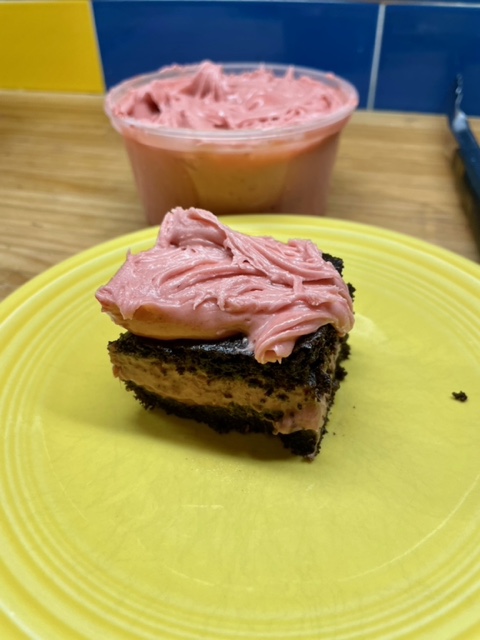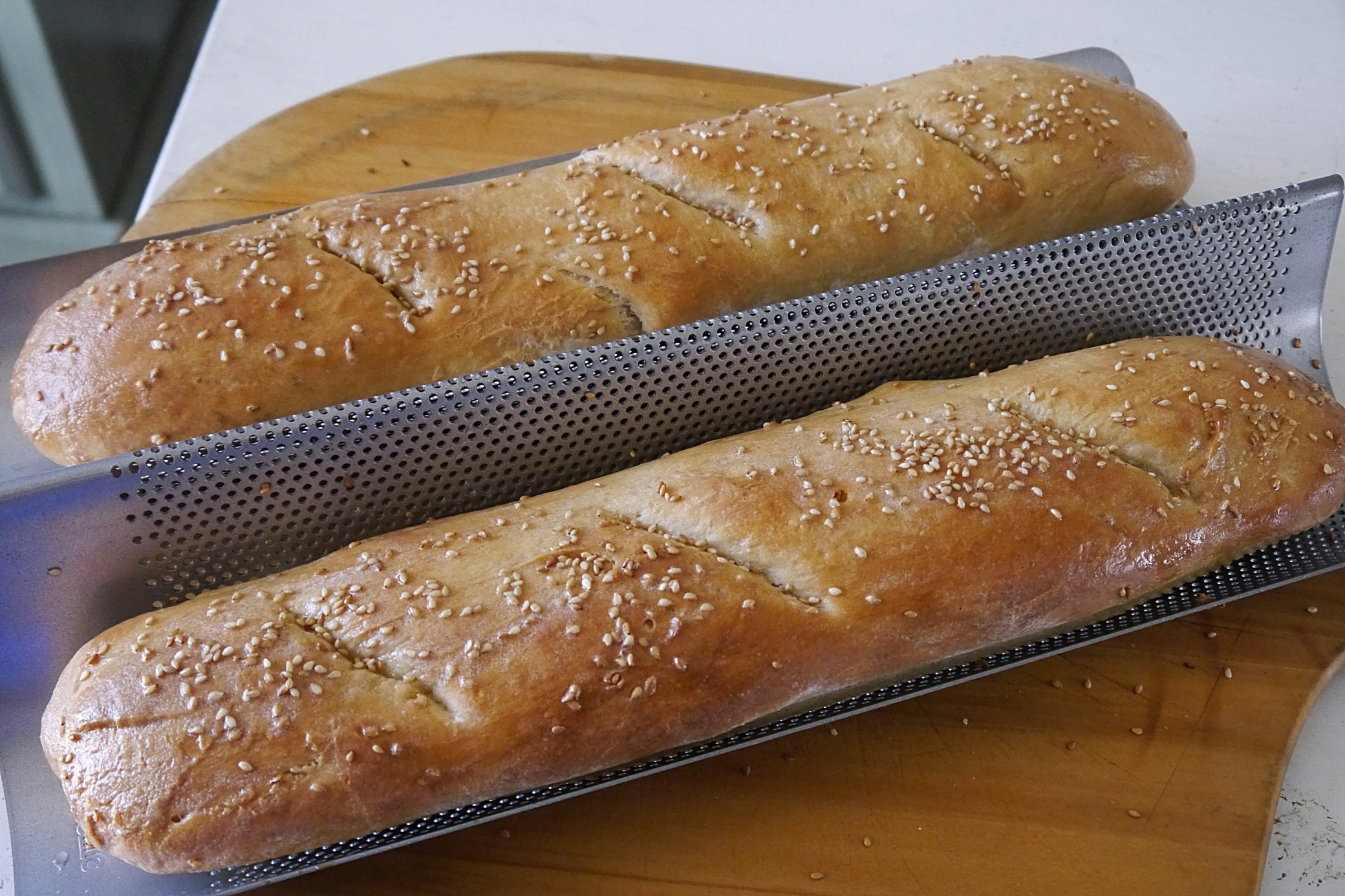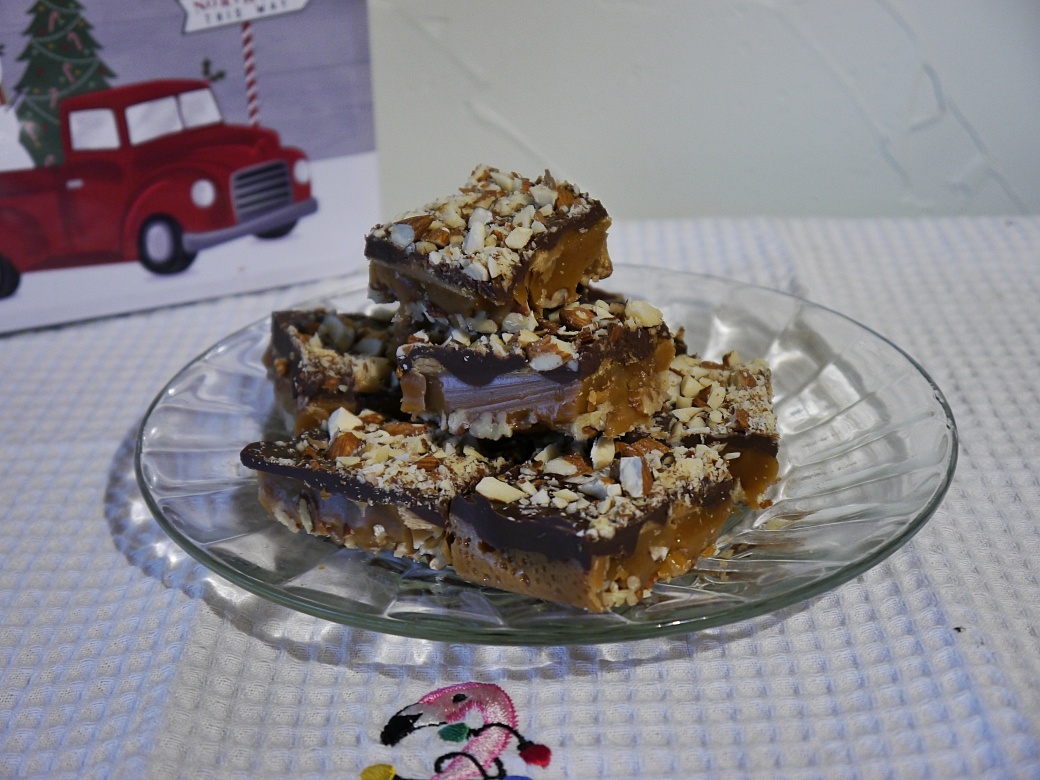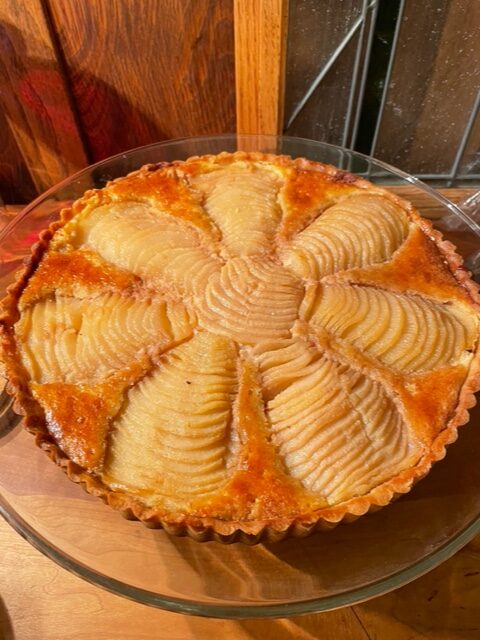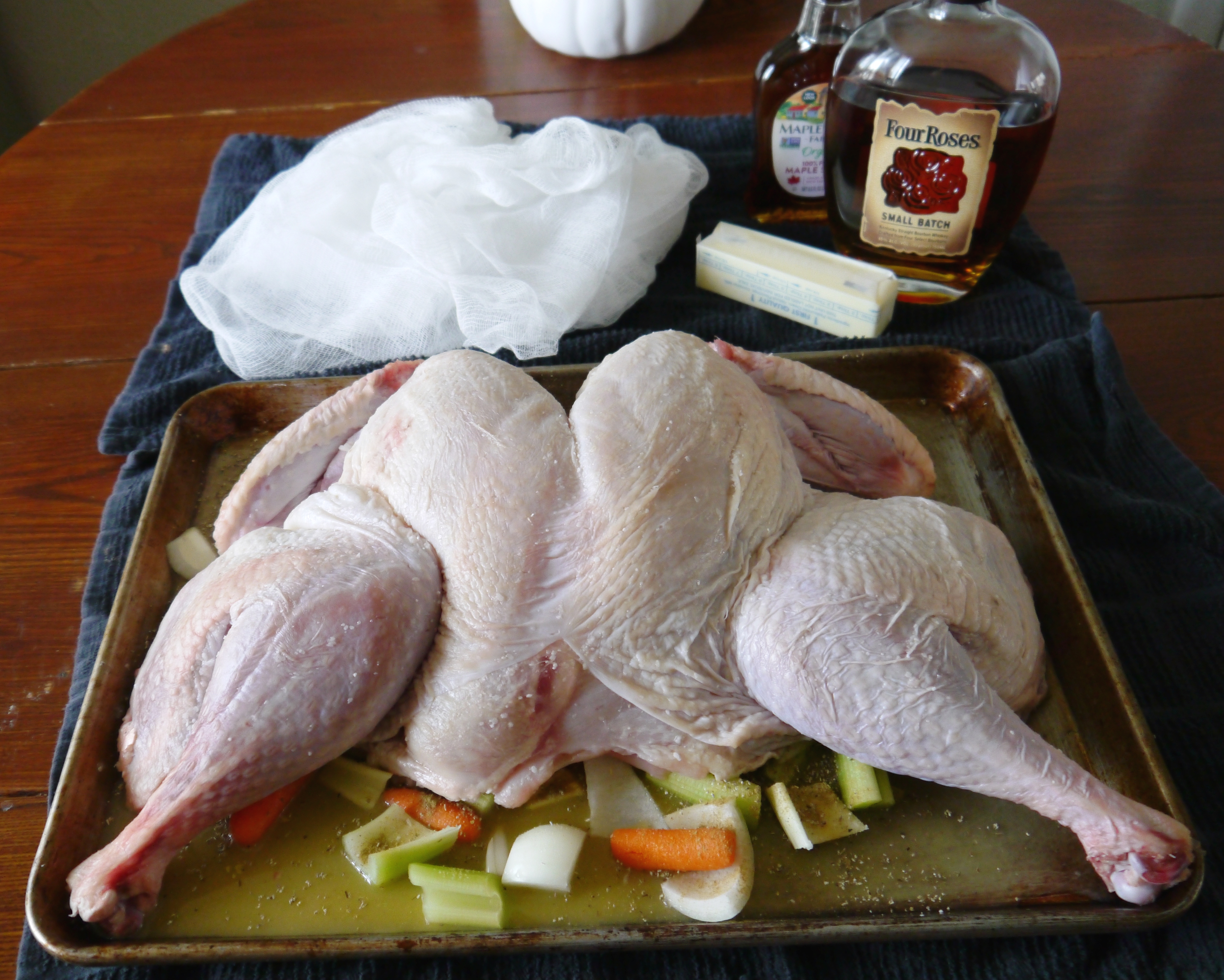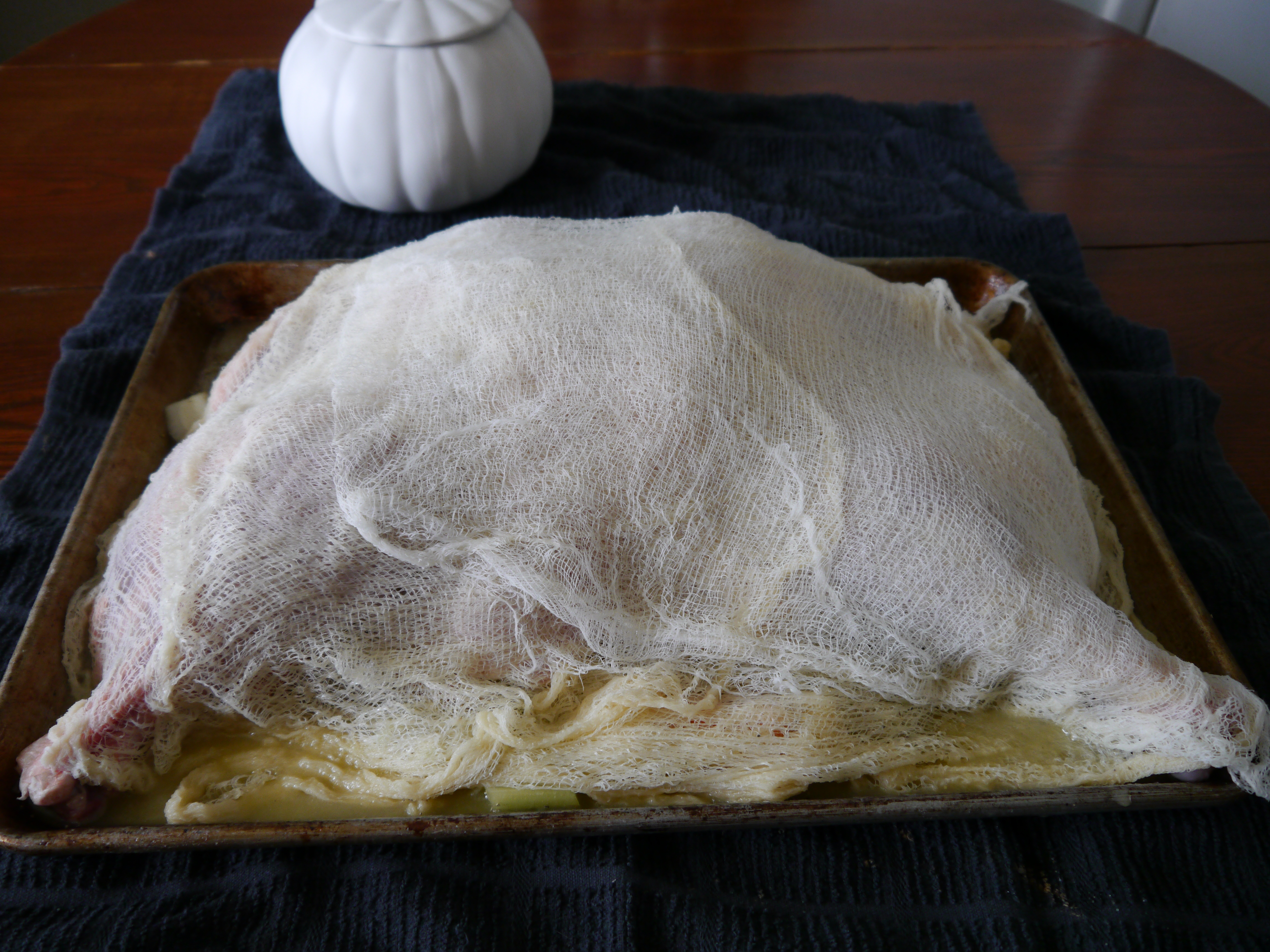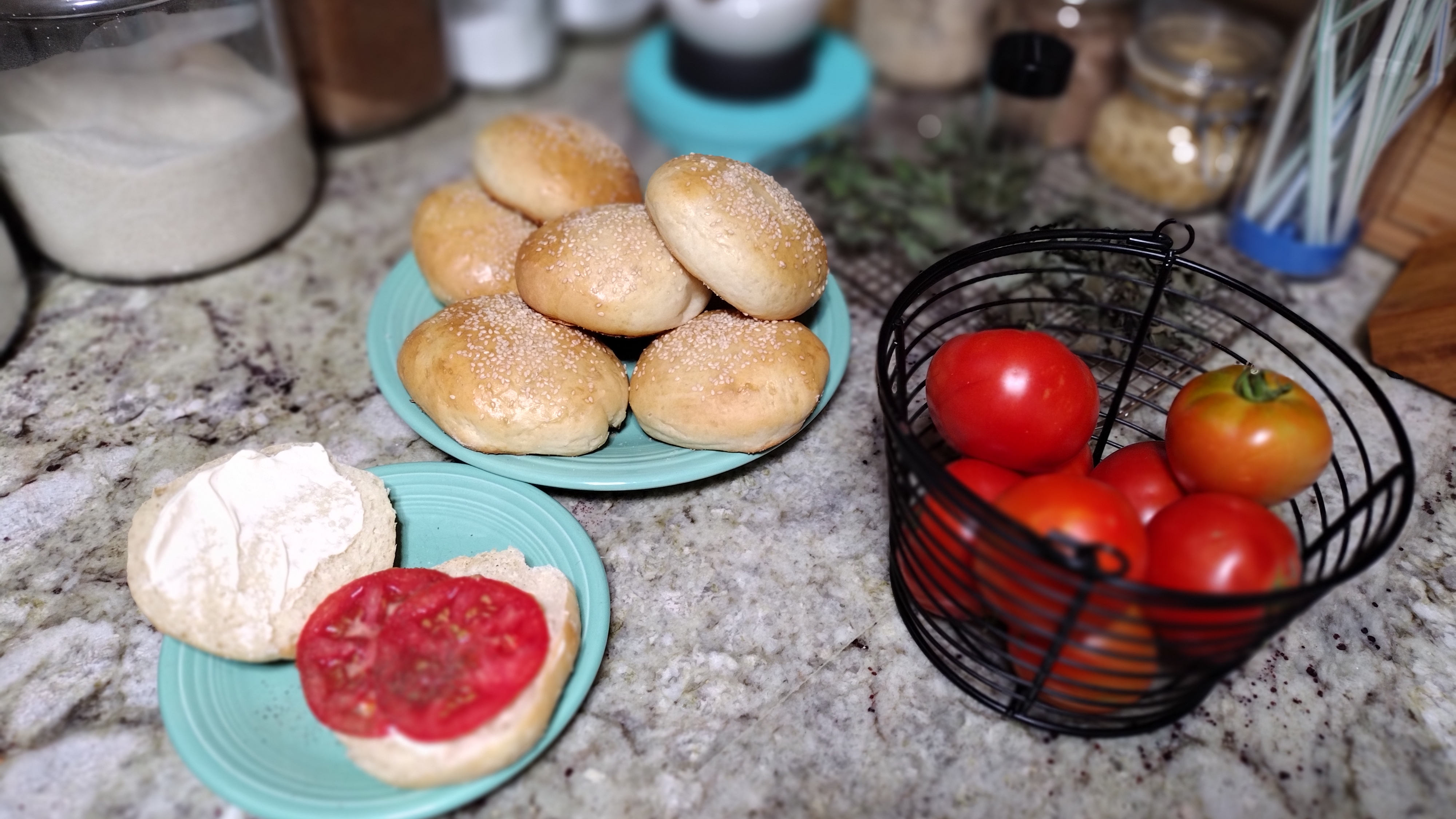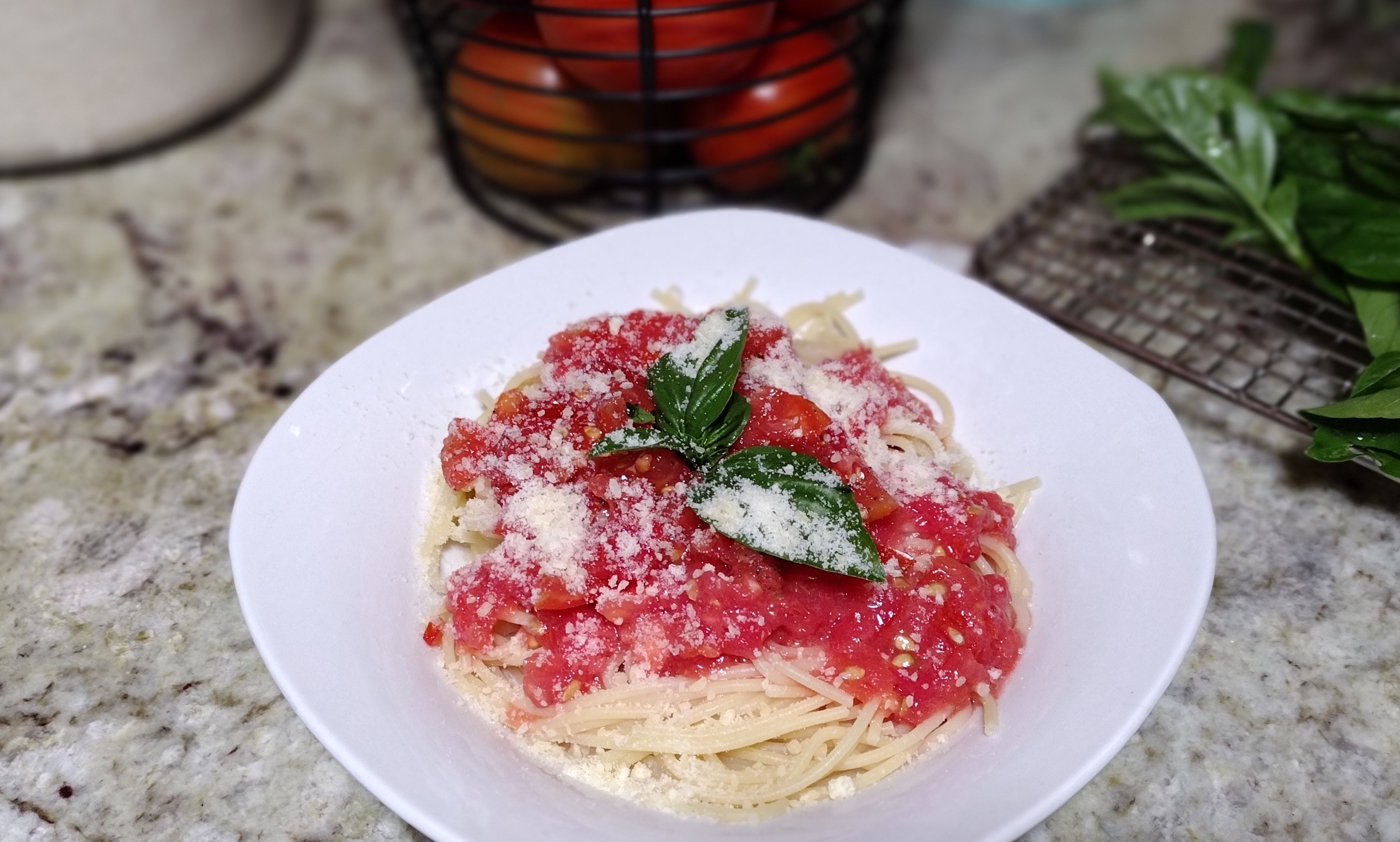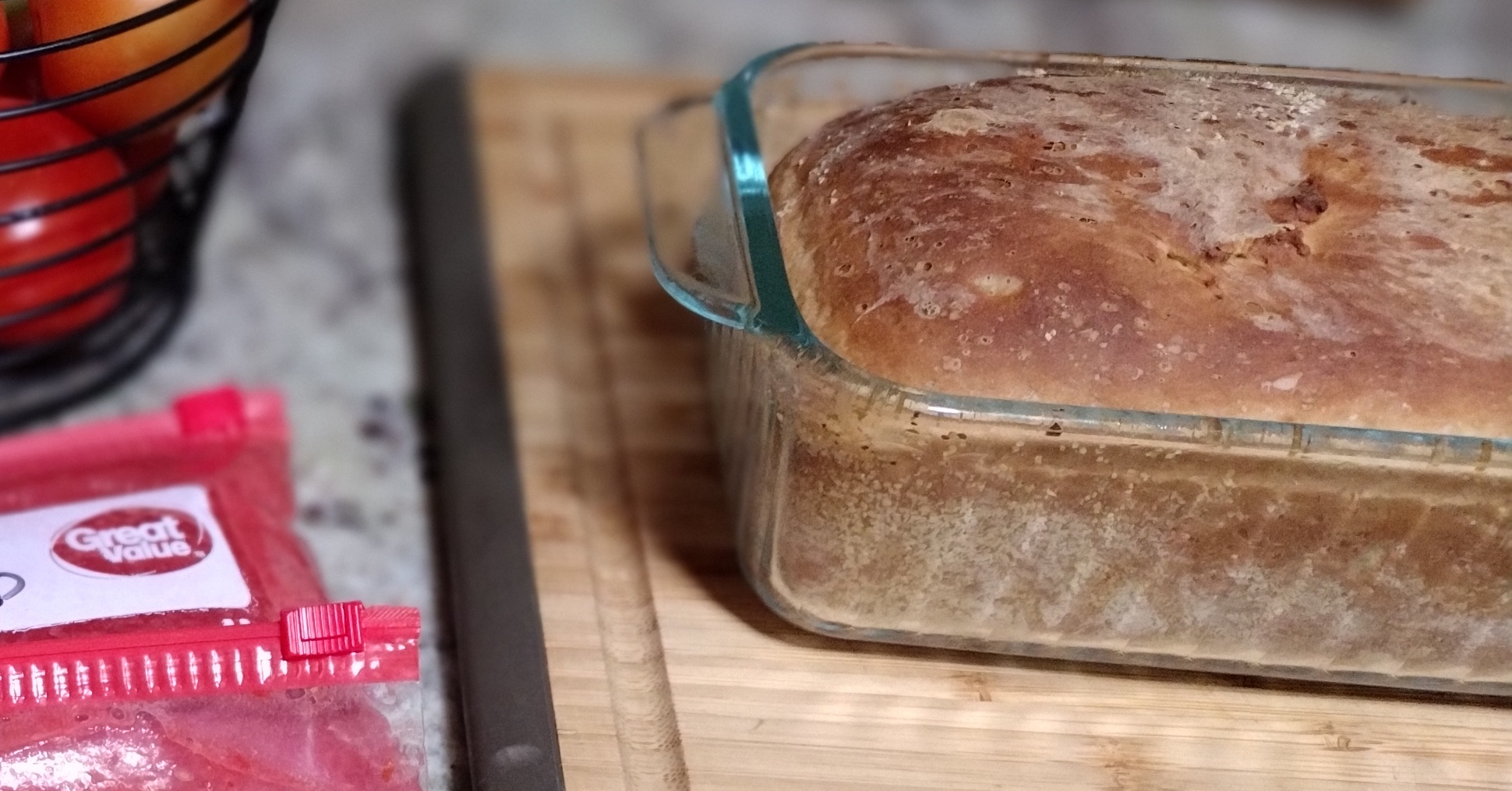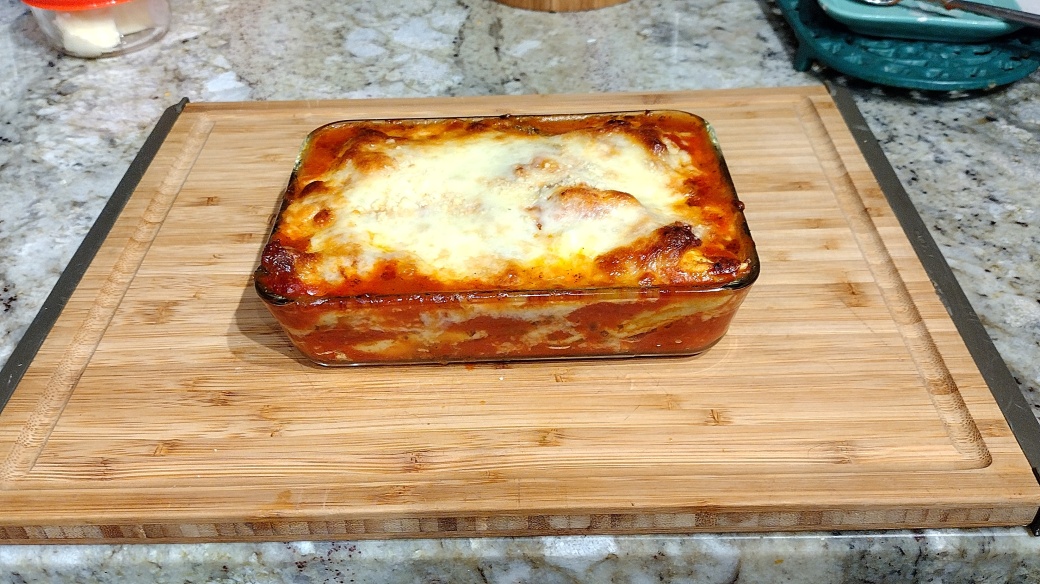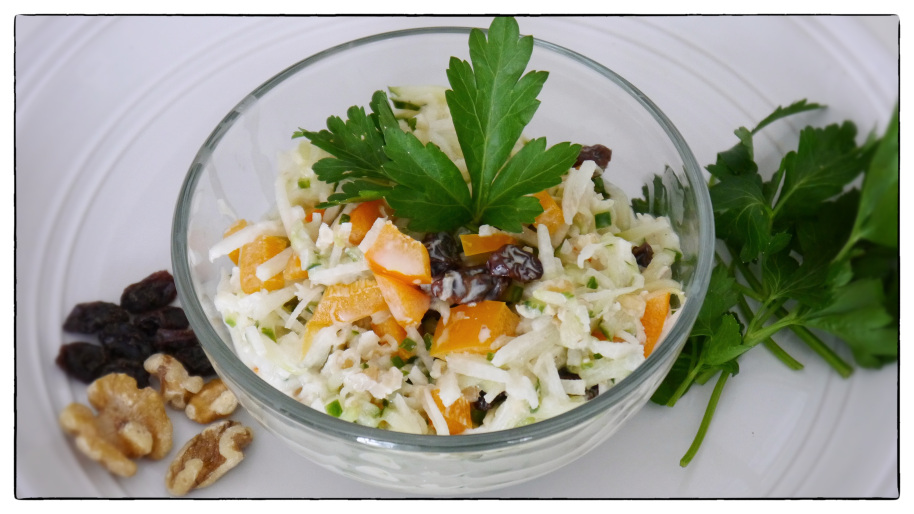narya and I were talking about using weights to bake – I think I was talking about bread, specifically. She was kind enough to write up a little primer on why it’s better to weigh your items instead of just measuring them, in case you were wondering about the hows and whys of it all.
I lean heavily on King Arthur’s Weight Chart, found here.
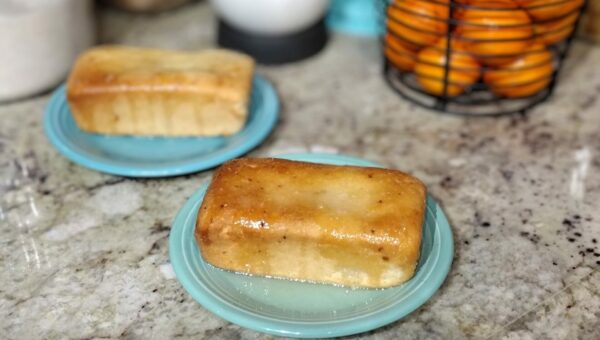
I’m having a friend come over today and we’ll be out and about, but I decided we needed a fun coffee treat, we’ve both had a rough week or two. Their bunny rescue just had 12 baby bunnies show up – five with a mamma and the others were orphans. So lots of hand feeding. Not all of them are going to make it, but they’ll give it their best. She’s up here with a bunny at a vet who specializes in small critters.
That of course, required a sweet treat. The recipe for my completely improvised Key Lime Cake with Key Lime Glaze is here. So we’ll have coffee, cake and commiserate.
==========
From narya:
How to Bake (and Cook) Better
When I went to pastry school, one of the first things they taught us was weighing (120 grams of flour) versus measuring (1 cup of flour). The formulae they gave us used grams rather than ounces. I immediately liked this method, even though it took a bit to get used to it. TaMara thought it might be useful to introduce you jackals to this, if you’re not already familiar with it.
Percentage of what?
This method is also know as “baker’s percentage.” There are two methods available: in pastry school, the “percentage” was “percentage of the total weight of ingredients.” The other method—which was used at the bakery where I worked—“percentage” was “percentage of the amount of flour in the recipe.” I don’t use the latter version, not least because not everything I make has flour in it. I also found it more difficult to do the math in the latter method; it always felt like I was adding an extra step. I think it’s more relevant to baking bread or anything else that uses a lot of flour, but, really, the former method is simpler, especially on the fly.
Metric or not?
If you don’t already love the metric system, baking and cooking with weights instead of measures will convert you to metric. All of the formulae at the bakery were in pounds and ounces, and good lord was that a pain in the ass if you wanted to increase or decrease the size of a batch. Imagine that the formula calls for 1 lb 9 ounces, but then you need to double it: now it’s 2 pounds plus 18 ounces, oh wait, 3 pounds 2 ounces. If you’re using metric, and you start with 700 grams, if you double it, it’s 1400 grams: easy peasy. A lot of cookbooks and recipes have started giving weights. However, unless it’s European, probably the weights are in ounces and pounds; most scales I’ve seen let you choose.
What I’ve done is, for a given recipe, simply change the measure to grams and write it in the cookbook. There are conversion tools online, too. Once you start doing this, you’ll memorize a few things quickly—e.g., a cup of flour is about 120 grams. Some things you can get from the nutrition panel on the package; there’s usually a notation of the weight in grams as well as ounces for whatever measure constitutes a serving. And for nearly everything, there’s a bit of fudge factor. For example, King Arthur gives a different weight for 1/4 cup of all-purpose flour and for 1/4 cup of whole wheat flour; I don’t even bother making that adjustment. Other things will also affect the weight of the flour (e.g., how dry or humid the flour is), and it’s not necessary to be that precise.
So: what are the main ways I use this, other than straight-up following a recipe?
One fabulous use is for changing a recipe to use a different size pan. Let’s say you have a recipe that calls for an 8×8 pan, but you want to make it for a 9×13 pan. First, calculate the total square inches: 64 for the former and 117 for the latter. Next, divide 117 by 64: 1.83. Use that multiplier on each item in your recipe. So, if your original recipe called for a cup of flour (120 grams), your new recipe calls for 219 grams of flour. It works the other way around, of course: the dimensions of the pan you want to use are divided by the dimensions of the pan used in the original recipe.
A second use is for scaling a recipe to match the amount of something that you have. For example, if you want to make macarons with the egg whites left over from some other adventure, weigh the egg whites and then scale the recipe based on that weight. That is, if the original recipe calls for 100 grams of egg whites, but you have 125 grams of egg whites, multiply the weight of each of the ingredients by 1.25 (125 divided by 100).
A third use is when you want to create a recipe, because you can’t find the exact one you want. For example, last week I wanted to make blondies with apricots, dates, and nuts (I’ll leave out the nuts next time). I rummaged around to find what looked like it might be a good blondie recipe, and then I referred to a gingerbread recipe that I made a few weeks ago that I liked, and I ballparked a new recipe. Why didn’t I just use the blondie recipe? Because it didn’t have a lot of invert sugar in it (invert sugars are liquid: honey, molasses, date syrup, corn syrup, ginger syrup, etc.), but the gingerbread recipe did, and I wanted to use some molasses and honey. Invert sugars work differently in baked goods, because they’re adding moisture as well as sugar. Honestly, I was pleased with the result, but it could have (and has, in the past) gone horribly wrong: that’s where a certain amount of experience is helpful (but not foolproof).
Similarly, a friend had “adapted” the Joy of Cooking banana bread recipe (most notably by replacing the lard with butter and applesauce) and then added a whole raft of stuff—seeds, nuts, chocolate chips, etc. The final result, was a dense, soggy, loaf—if he used muffin tins, they looked and felt like hockey pucks. After literally years of asking, he finally allowed me to make some suggestions: he sent me his current formula, and I compared it to one that I like, and I adjusted the amounts of a number of his ingredients. (I long ago converted him to weights instead of measures.) The first time he tried my adjustments, there was immediate improvement. I think the remaining issues are the result of way too many additions, but he won’t budge on that.
Finally, I use a scale a lot when I’m making grains. I figure out the ratio (usually given on the package), and then I weigh out the grain and the water. You can always add a little water if your grains aren’t quite cooked.
All you really need is a good kitchen scale: I have two from Escali. Get one that goes to 11 pounds or so, so that you can put pots and pans on it and weigh ingredients directly into the pot. It’ll cost you maybe $30, and it’s worth every penny.
Now on to the cooking:
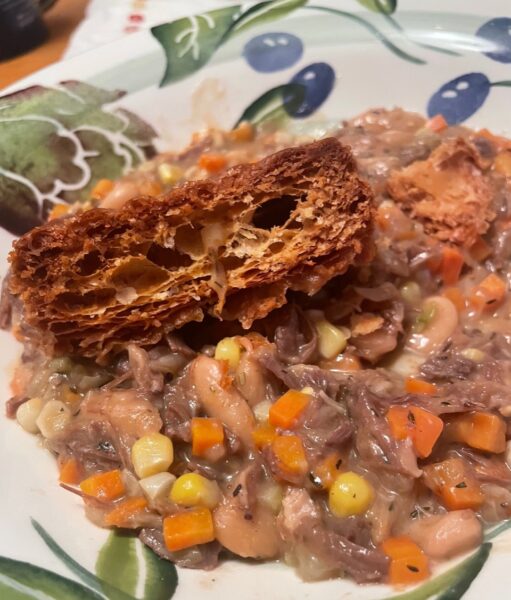
One of my absolute biggest peeves is underbaked baked goods. While it’s a general complaint, and while I have way too many opportunities to haul that complaint out into the light of day, I am particularly annoyed when any kind of laminated pastry is involved. (I also object to underbaked cinnamon rolls, or any other kind of baked good where the dough is rolled.)
For one thing, underbaked stuff doesn’t taste as good as properly baked stuff tastes. If it’s underbaked, you’re likely missing all of the goodness that results from a Maillard reaction and/or caramelization (related but not identical processes). That’s the issue on the surface of the baked item. Inside is a whole other, even worse, story. Instead of being toothsome and tasty, the inside of an underbaked item is gooey. Not gooey in the way that caramel sauce is gooey, but gooey in the way that raw dough is gooey. Yuck.
Three weeks ago, friend and I went to a local bakery that produces some of the best bread I’ve ever had (also: most expensive); in addition to bread, we picked up a couple of cherry galettes for dessert, which was the start of this saga. They looked pretty good—golden on top, etc.—but they were underbaked; the layers were pale and gummy instead of flaky. This led me to making my own damn puff pastry.
First, a side note: Croissants and Danish pastry are both yeasted and laminated—that is, the dough has yeast in it, AND the dough is layered with butter (laminated) in a way I’ll describe in a minute. Puff pastry is NOT yeasted, but IS laminated. What all of them share is that part of the “rise” of the product happens during the first part of baking: the layered butter gives off steam, which makes the item puff. If it’s also a yeasted product, then the dough rose prior to baking, as well, from the yeast. Laminated dough is magic. I say this as someone who made croissants professionally for two solid years. If you do it right, and if the overnight bakers proof and bake it properly, and if baking deities are looking over your shoulder, you end up with an impossibly flakey, golden brown, buttery, airy treat. When the inside is baked properly, you see the structure of the item, and it’s not gooey.
Puff pastry isn’t yeasted, so all of the “puff” comes from that steam. A classic use of puff pastry is a Napoleon: layers of puff pastry interspersed with pastry cream. In this usage, you put a grate (like a cooling rack) over the pastry for the first 30 minutes of the bake, which gets the thing puffing somewhat, but also flattens it. For other uses, you don’t weight it down.
On to lamination. I saw descriptions of this process many, many times over the years, and . . . I didn’t quite believe it. Now that I’ve done it literally thousands of times, it’s only a little less mysterious. Essentially, you start with a dough (yeasted or not, depending on what you’re doing) and a “pad” of butter, you encase the latter in the former, and then you roll it out and fold it over on itself, so that you’re creating many very thin alternating layers of butter and dough. To start, you pound the butter into a rectangle of the size you want; a long rolling pin (the kind with no handles) is perfect for that. The butter becomes flexible—neither melted nor hard. Basically, the butter needs to be pliable. If it’s soft, it will melt into the dough, but if it’s hard it will break up as you create your layers.
Second, the butter should fit neatly into the dough. Roll the dough out so that it’s as close to exactly twice the dimensions of the butter as possible. Put your dough rectangle so the long edge is closet to you, then put your butter in the middle of it, with the short edge facing you, and join the dough in the center. (Others describe different methods for this, but it’s my go-to.) The dough needs to encase the butter, but you don’t want a lot of space at the edges where it’s all dough. After that, it’s a matter of putting as many “folds” into the dough as the formula calls for; the number of folds varies, depending on the product. A fold means you’re rolling out the dough/butter package, in the opposite direction from last time, and then folding it in on itself, like you fold the paper to put in an envelope. Doing this with a two-way dough sheeter like I used at the bakery makes the process go very quickly; doing it by hand takes longer, but not onerously so for a single batch.
Anyway, I mixed up a batch of dough on a Saturday, got the dough and butter into the right shape, and started laminating. By the second or third time rolling out the dough and folding it, I was thinking to myself that the dough felt really good; it felt “right.” It’s literally embodied knowledge, and therefore difficult to describe, but anyone who makes anything is familiar with that sensation of realizing that this instance of what one is making is a good one.
As I put the final folds into the dough on Sunday, I started thinking about what, exactly, I wanted to make, because I hadn’t had a clear plan. (Yeah, I know.) Luckily, I was heading downstairs that day—for Easter—to once again attempt to make paella for Downstairs Neighbor and another friend, so this could be a dessert. After rolling the dough out the final time, I cut the dough into squares and baked four of them and froze the rest. Here’s a pic of the baked squares. (Unfortunately, I didn’t think to cut the squares out of the middle until partway through the bake, but it worked out anyway.) In this case, instead of baking with the grate over top for the first 30 minutes, I only baked with the grate for the first 15, so it would puff a little more. I sprinkled a little sugar on them at the end of the bake time.
Baked squares
I had made some chocolate pastry cream the night before, for some leftover cream puffs I found in the freezer, so I made some cherry compote as well. Easter dessert, shown here, included a puff pastry square, cherry compote, and chocolate pastry cream. That still left one more baked square, which my friend used the next morning as a “container” for a scrambled egg and cheese.
Dessert
Last Friday, I took out two more squares and baked them, this time with a non-dessert plan. I used shredded wild turkey, carrots, onions, cassoulet beans, and some of last summer’s corn, along with turkey stock and a roux, to make pot pie filling. I did it on the stovetop and then put a square of the baked puff pastry on top to serve it. As you can see from the second picture, the puff pastry was, in fact, baked through. The only thing better than using up stuff that’s in the freezer is adding a fully baked flourish to it. There are still a few more squares in the freezer, but I don’t have a plan for them yet.
Dinner
Fully Baked
And it’s all because I got an underbaked cherry galette from a bakery that should know better. – narya
===========
That’s it for this weekend. I’m going to try and tackle a climate post on the national grid system soon – but I’m traveling this next week, so not sure how soon I can get to it. And after that…more beavers saving the planet and other rewilding projects.
Now it’s your turn, what’s on your plate this weekend? What’s cookin’ in your kitchen and what cooking tips do you have to share? – TaMara



